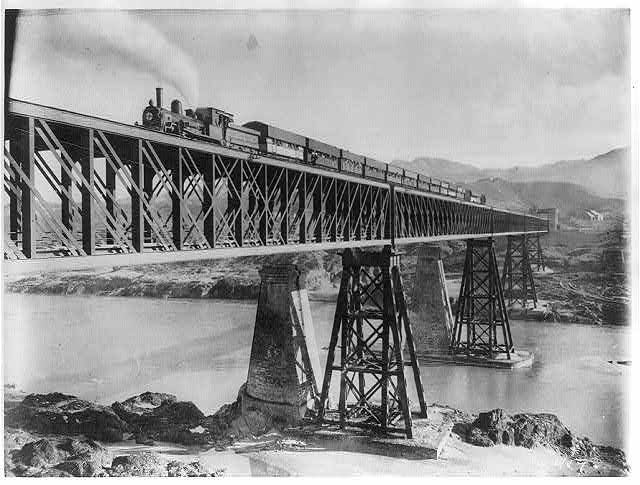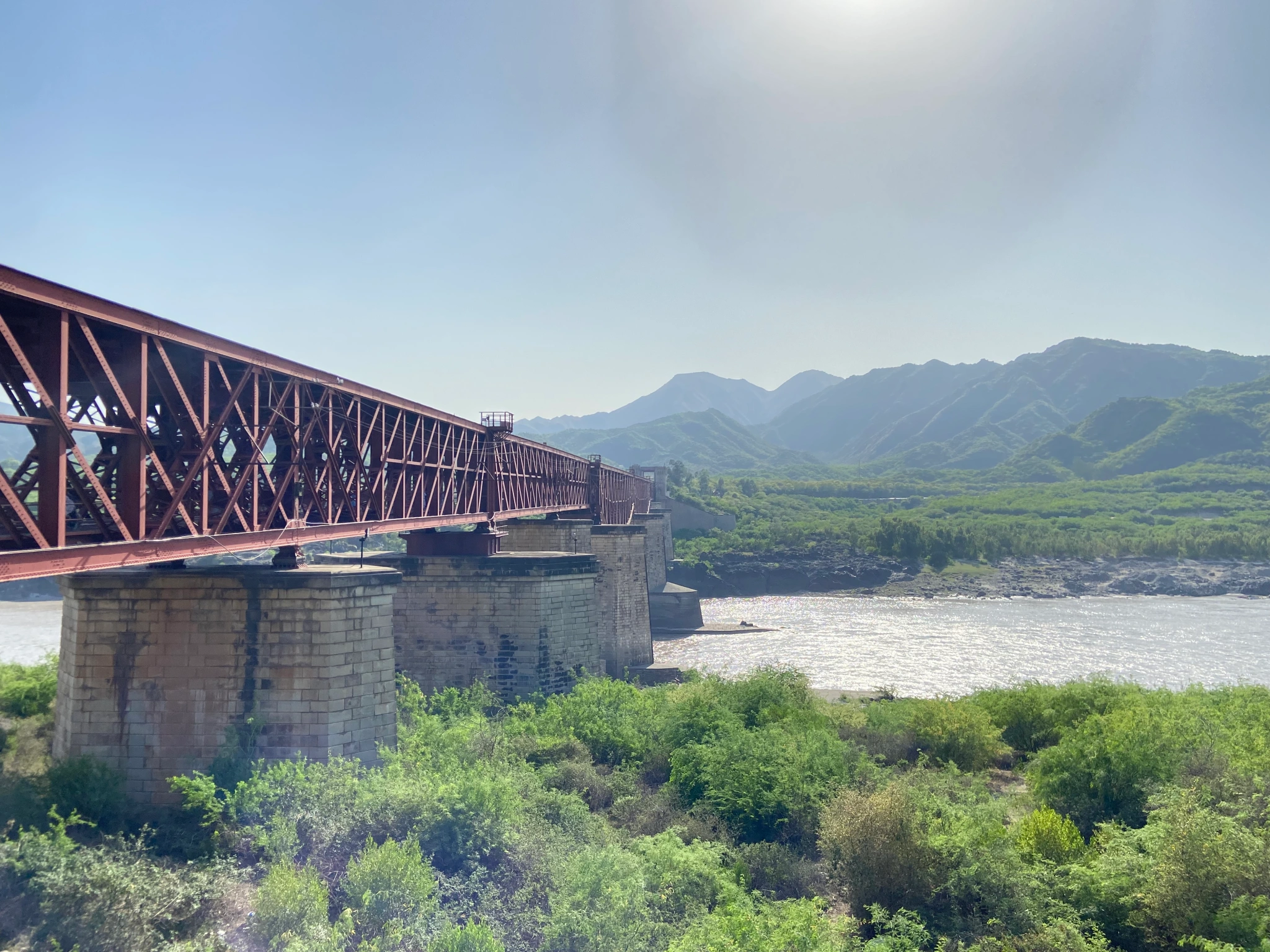The Doll House – Attock Khurd Railway Station
- Aik Aur Musafir

- Sep 16
- 3 min read

Whilst travelling from Rawalpindi to Khyber Pakhtunkhwa, it is very hard to miss the beautiful confluence of the River Indus and Kabul at the Attock Bridge. The clear blue waters of the Indus and the muddy waters of the Kabul provide a refreshing scene and welcome the viewer to Khyber Pakhtunkhwa.
However, amongst the beauty of this confluence, one can easily miss a sight which lies downstream and was the main communication artery before the present bridge. I am talking of the Attock Railway Bridge, a marvel of British engineering.
Originally designed in 1883, the upper level was used for railway traffic, and the lower level was used for light vehicles. Its role was diminished by the construction of the modern Attock Bridge. One can also see the ruins of the Mughal-era bridge at the same location, just below the ramparts of the Akbar-era-built Attock Fort.
Nestled just behind this old Attock bridge is a railway station. A quiet, serene location where time stands still and is a testament to the taste of its architect and his fondness for Victorian architecture. This place is the Attock Khurd Railway Station, also fondly termed as “The Doll House of Pakistan” for its unique architecture.

Pakistani travel writer Salman Rashid describes it as “Its pitched roof with the chimneys and gables, the square pillars from which bell arches spring, topped with keystones, and even the gargoyles were clearly designed by someone who valued English country architecture. This comely building, now festooned with bougainvillaea, was left here as a lasting monument and a signature of the designer’s Englishness”.
Reaching this station can be a bit tricky, as one has to approach from the Attock Fort, whose entrance is somewhat restricted (unless coordinated with the relevant authorities earlier). The official height marker of the station read 1005 ft; however, my own watch showed an altitude of 1035 ft. I wonder if the difference was actual, or was it due to my own elation at seeing this marvel of architecture tucked away in the countryside!

Apart from its beauty and nostalgic value, the station also has a functioning museum specially catering for the Indus Safari Train, which runs every Sunday from Rawalpindi to Attock Khurd and back.
I was deeply dejected to know that there was no train passing at the time when I went, as I genuinely wanted to observe the sounds of the train while sipping at a cup of coffee at this idyllic location.
And oh yes, like many other places in Pakistan, you might face a tough time while photographing with your DSLR camera; however, your mobile phone camera is just fine, and would definitely beat the logic (and paranoia) of our antiquated rules regarding photography!

The surrounding landscape so resembles the British countryside that we are used to seeing on TV and film. Indeed, my imaginative mind could see the Hogwarts Express having a brief stopover at Attock Khurd; however, I highly doubt if we can have a school as good as Hogwarts in Pakhtunkhwa or a platform as magical as 9 3/4. There are no limits to daydreaming after all!
Overall, I would say it's a place worth seeing, worth the escape from the busy life to see the railway heritage that so abundantly adorns our country. Its beauty lies in its architecture and the simplicity of its design, coupled with its scenic location amongst the rolling hills, with the river Indus in sight.
If Pakistan Railways has been neglectful of its heritage on the whole, it has redeemed itself by turning Attock into a tourist destination. By running a safari train every weekend, it ensures a steady stream of passengers, who, I am sure, are eager to view this Doll House and marvel at the last train station of Punjab, before the railway line crosses over at the Attock Bridge and enters Pakhtunkhwa.






Comments